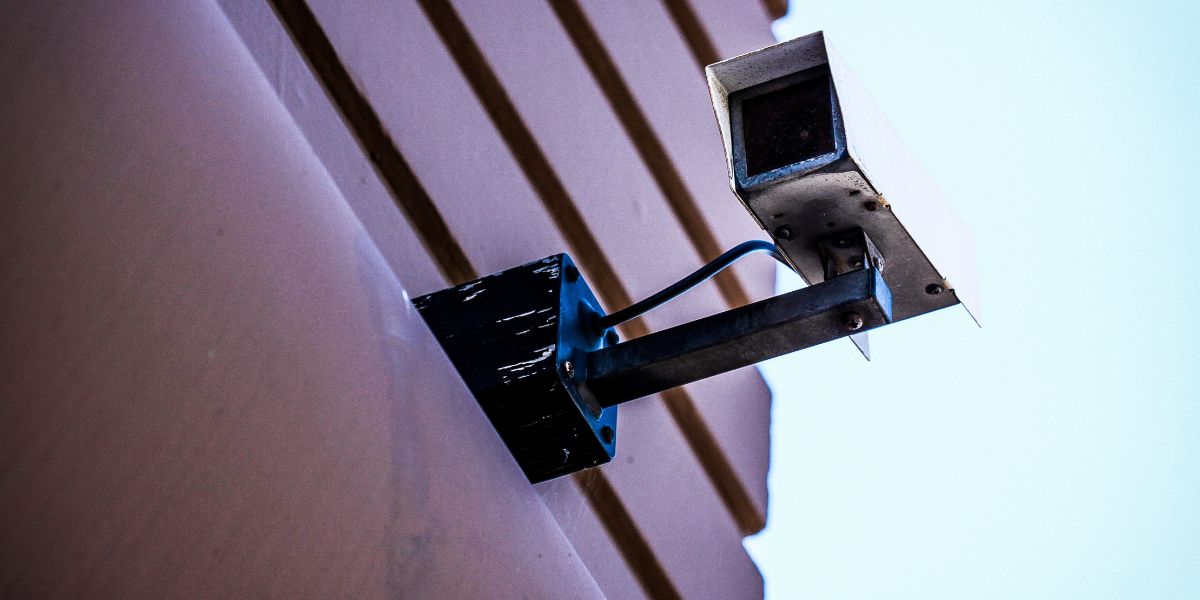Included in Apple's HomePod mini is a new technology called Thread. But what is it? We'll highlight what it does, and how it's going to change the way you interact with your smart home.
What Is Thread?
Thread is a wireless standard, like Zigbee or Z-Wave, that allows your smart home devices to talk to each other.
What sets Thread apart is its approach to connectivity. Thread allows your wireless devices to become "nodes" on a dedicated mesh network. This network is low-energy, secured by AES encryption, and each device makes the network connection stronger.
Who Makes Thread Technology?
Thread is the brainchild of Thread Group, a not-for-profit organization of developers and engineers from tech giants and software pioneers like Apple, Google, Amazon, D-Link, LG, and Samsung.
This networking technology corrects many irritating problems that plague smart home users. These problems include the lack of connection support between different device manufacturers, the difficulty in communication between different types of smart home devices, and the frustration involved in connecting new devices to an existing smart home setup.
Thread Group is working to make your smart home devices communicate better with each other. Thread's software supports many different Internet of Things (IoT) devices including appliances, thermostats, lighting, and security systems.
Thread is also one of the main technologies of the CHIP (Connected Home over IP) project. If you're not familiar with the CHIP project, it's an initiative designed by major tech manufacturers, and The Zigbee Alliance, to make smart home devices easier for people to use.
Why Is Thread Important for Future Smart Homes?
Thread simplifies the connections and setup of your smart home devices. It does this without the need for expensive hubs or go-between services. With Thread, most devices are set up in a matter of minutes.
Another limiting factor with many IoT devices is range. Regular wireless networks limit range to an area near the wireless router. Moving too far away from the router means devices lose the wireless signal. Thread changes that.
With Thread, each device on the network acts as an access point or node. These nodes increase the Thread network range and amplify its signal strength. To achieve these features, Thread creates its own secure mesh network independent of your main wireless network.
Just to note, a wireless network is still required to connect Thread devices to the internet.
Low Power, Big Possibilities
Thread uses a low-power version of the IPv6 internet communication protocol, called 6LoWPAN, to reduce device energy requirements. This means that a single AA battery in an IoT device can last for years without needing replacement. Thread runs on the IEEE 802.15.4 MAC/PHY Radio standard. This standard is the basis for 6LoWPAN, and operates with low power and low cost in mind.
By using IPv6, Thread allows all existing smart home devices to communicate with each other—regardless of manufacturer. In other words, you'll no longer need a service like IFTTT for your smart devices to work together.
How Is Thread Different Than Bluetooth or Wi-Fi?
Thread makes smart home devices work faster, in a more secure environment, and with less potential failures than Bluetooth or Wi-Fi devices. There's no Bluetooth lag, and the system operates with the speed of Zigbee and Z-Wave.
Despite these accelerated standards, Zigbee and Z-Wave don't always work well with Apple products. Thread does. And now, with the technology built-in to the HomePod mini, expect other manufacturers will follow Apple's lead and include Thread support.
Because Thread devices don't rely on proximity to a single access point such as a router, these devices can capture signals from other nodes around them. If a device malfunctions, Thread networks "self-heal," excluding devices that stop working correctly. Other nodes bridge the connection, and the remainder of the network stays stable.
Is Thread Secure?
Thread is secure. It uses AES encryption like Zigbee and Z-Wave, but adds cryptology from the banking industry. You can connect up to 250 devices on a single Thread network. Unlike traditional wireless networks, security with Thread is also mandatory. By mandating security, hackers won't be able to access your network through "dumb" devices. Every node must have a secure connection.
What's Not to Love?
While Thread possesses many benefits over the traditional methods of IoT device connectivity, wireless standards like Zigbee and Z-Wave have already dominated much of the smart home device market.
Despite the initial expense, all-in-one smart home solutions like the Philips Hue line of smart lighting, are easy for users to buy and require minimal configuration. These systems allow new devices to be added very quickly to existing setups. If cost isn't an issue, then all-in-one systems may be more beneficial for users than Thread devices.
One of the major selling points of Thread technology is the increase in range, but this feature may be useless for smart home users living in smaller spaces.
Finally, Thread technology has yet to become adopted by many manufacturers. While this issue is something that Thread Group is looking to change, its technology is still new to the smart home industry.
But by including Thread in the HomePod mini, Apple has demonstrated that the technology is a useful addition to the smart home realm. Because many manufacturers follow Apple's lead, it is likely that Thread technology will become more widely adopted over the next few years.
Tying It All Together
With Thread, smart home users will have more choice when designing their smart home, while avoiding the expense of all-in-one systems like Philips Hue.
Thread allows users to depend on a dedicated network with strong security protocols that is easy to use. 6LoWPAN means that devices on the network consume much less power, and Thread's accelerated IPv6 communication standard means devices will no longer be at the mercy of a spotty Bluetooth or Wi-Fi connection.




